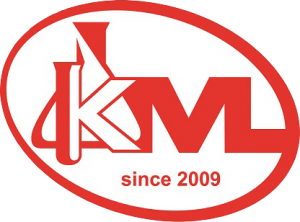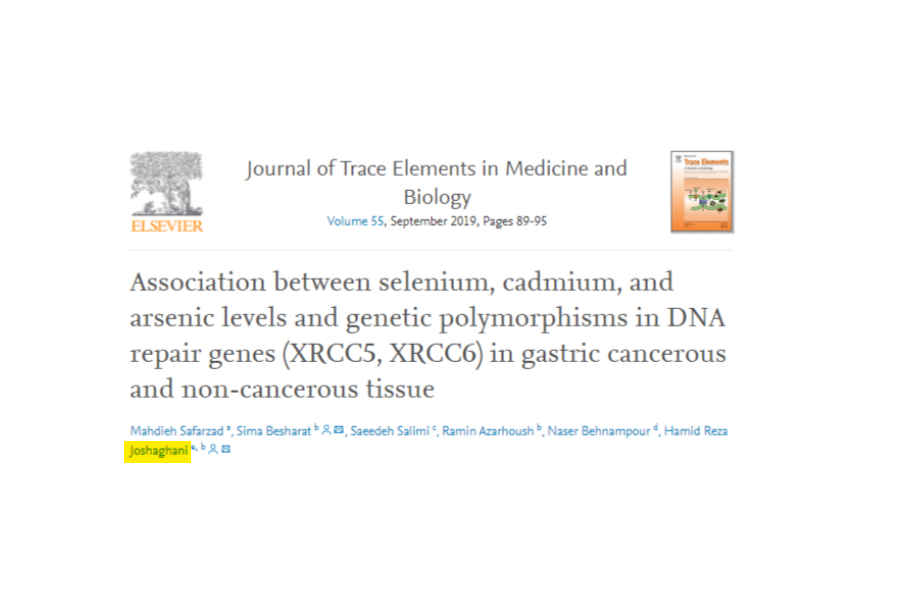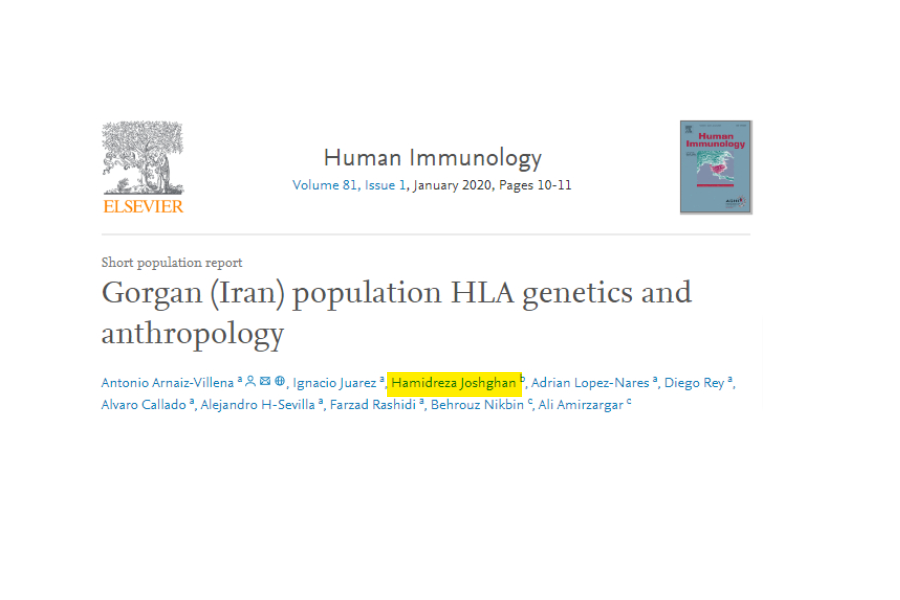ارتباط بین سطح سلنیوم ، کادمیوم و آرسنیک و پلی مورفیسم ژنتیکی در ژن های ترمیم کننده DNA XRCC5) ، XRCC6) در بافت سرطانی و غیر سرطانی معده
Abstract
Gastric cancer is one of the most prevalent cancers in northern Iran. The DNA repair genes X-ray repair cross-complementing (XRCC) group 5, XRCC6, which are important members of non-homologous end-joining repair system, play an important role in repairing the DNA double-strand breaks. Chronic exposure to heavy metals has long been recognized as being capable of augmenting gastric cancer incidence among exposed human populations. Since trace elements could directly or indirectly damage DNA, and polymorphism in DNA DSBs-repair genes can alter the capacity of system repair, we assumed that XRCC5 VNTR and XRCC6-61C >G polymorphism also impress the DSBs-repair system ability and contribute to gastric cancer. Therefore, the objective of this research was to evaluate the tissue accumulation of Selenium (Se), Cadmium (Cd) and Arsenic (As), and XRCC5 VNTR, XRCC6-61C >G polymorphisms in cancerous and non-cancerous tissues in Golestan province. The study population included 46 gastric cancer patients and 43 cancer-free controls. Two polymorphisms of XRCC5, XRCC6 were genotyped using polymerase chain reaction (PCR) or polymerase chain reaction-restriction fragment length polymorphism (PCR-RFLP) method. Further employed was atomic absorption spectroscopy so as to determine the levels of Se, Cd and As. Finally, the data were analyzed by SPSS (version 16) statistical software. The Se level was significantly higher in tumors as compared to non-tumor tissues, but there was no significant correlation between As and Cd in cancerous and noncancerous tissues. Allele frequencies of the selected genes were not statistically different between groups regarding XRCC6 (-61C>G). XRCC5 0R/0R, 0R/1R, 1R/1R, and 0R/2R genotypes were more common in cancerous group. High levels of Se in cancerous tissues vs. non-cancerous tissues may be one of the carcinogenic factors; in Golestan province, unlike other regions of Iran and the world, the level of Se is high, hence the higher risks of gastric cancer.
View Full Text: https://doi.org/10.1016/j.jtemb.2019.06.003




پاسخ دهید
میخواهید به بحث بپیوندید؟مشارکت رایگان.